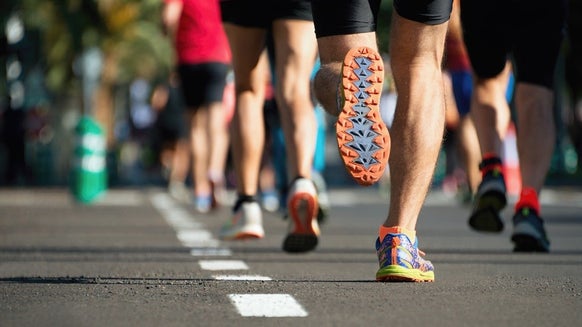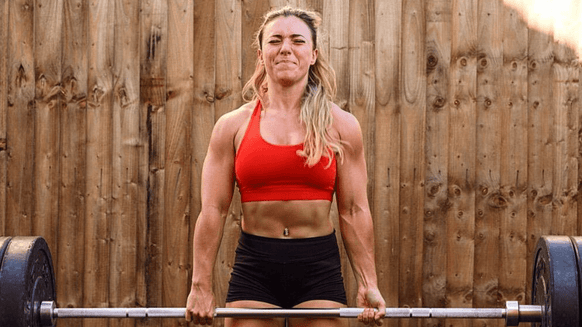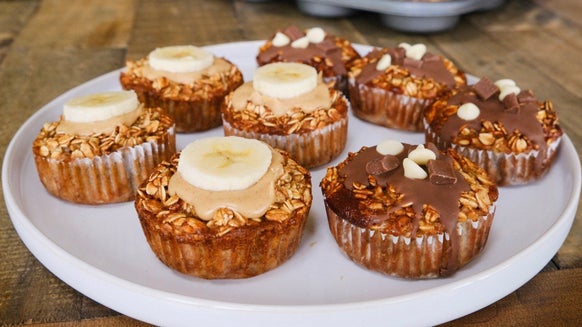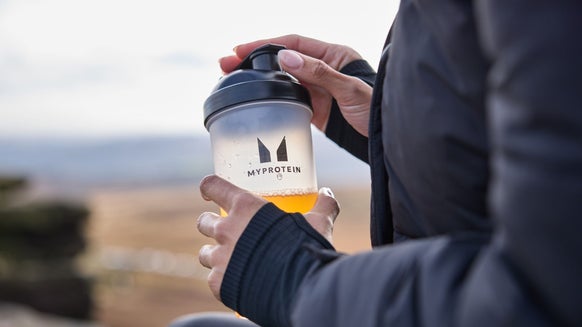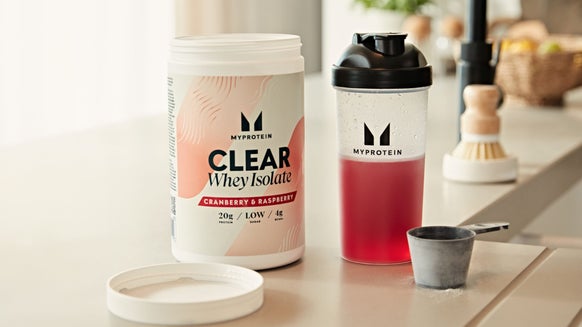The Best Back Workout For Building Muscle & Definition | Myprotein Masterclass

Myprotein Masterclass is the series dedicated to helping you master your movements in the gym, using expert advice from the pros.
In this episode, personal trainers Chris Broomhead and Calvin Crooks are here to help you target your back with just six exercises to add to your next workout. Check out the video to see how to perform the exercises correctly – without injury to targeting the right muscles.
The Workout
Seated Row
Grab handles and bring your feet on to the foot pads Straighten your back Lean forward keeping back flat Pull through the lats (pulling towards your tummy)
If you pull into your chest, it can target the upper back.
Straight arm pullover
Grab the handle above your head Take a step back so your arms are straight out in front of you Keep your hips back and your chest up Pull the bar down towards your hips
Lat pull down
With hands shoulder width apart grab the bar Take a seat and hook your legs underneath to stabilise you Keep your elbows tucked in as you pull the bar down Pull your chest up and move slightly forward as you finish the rep
Single arm dumbbell row
Place your left knee and left hand on the bench Straighten your back to focus on the lats Pull the dumbbell up towards your hip Repeat on the other side
Chest assisted dumbbell row
Place your chest over the top of an incline bench Keep your feet planted firmly on the ground Get hold of dumbbells Pull your elbows back and up towards your hips
Barbell row
Get into deadlift position Place your hands on the bar, just outside the distance between your knees Sit your hips back into a hip hinge Pull your shoulders back Pull the bar up, keeping your elbows back Bring the bar into your hips
Take Home Message
The workout that will destroy your lats. It's going to feel so good, even if you are a little sore the following day. And that’s not on us. But seriously, add these exercises to your next back workout to help with both building muscle and gaining definition.
Subscribe to our YouTube Channel so you don’t miss an episode of the Masterclass.
READ MORE HERE:


